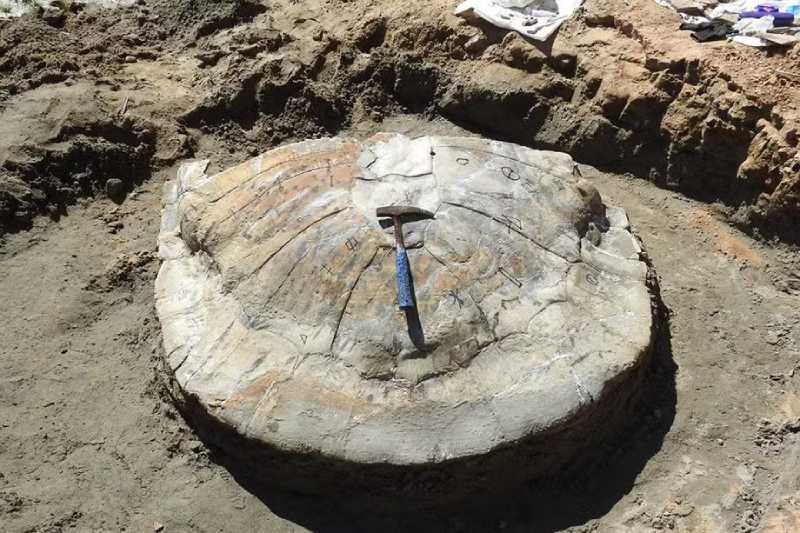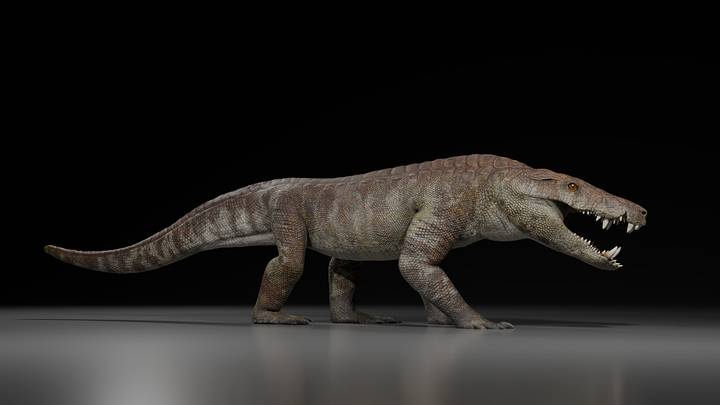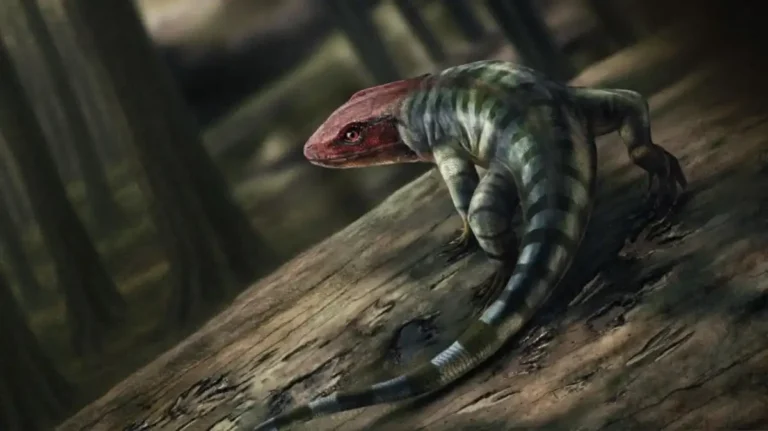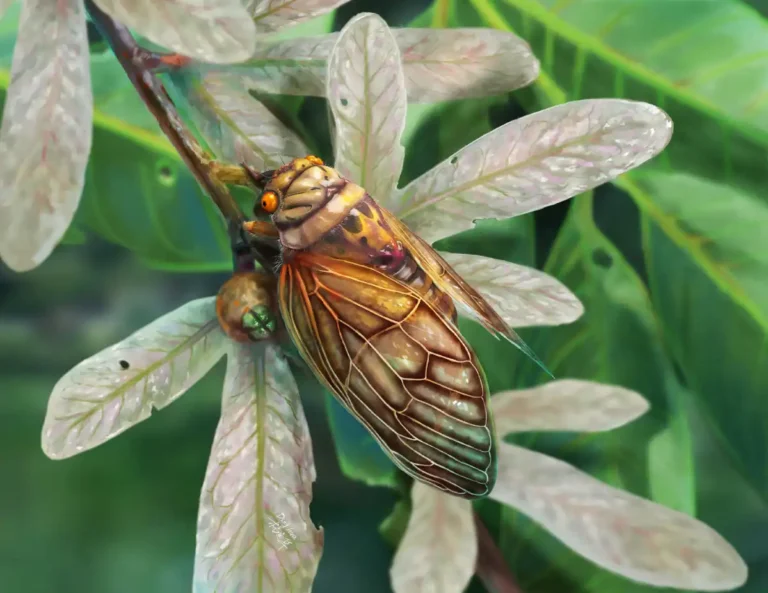Fossil of the World’s Largest Freshwater Turtle Discovered in Brazil

Researchers from three Brazilian universities have announced the discovery of the fossil of the largest freshwater turtle ever recorded in the world, found on the bed of the Acre River. The species, identified as Stupendemys geographicus, inhabited Earth approximately 8 to 10 million years ago, during the Late Miocene period.
The findings—which include a femur bone, fragments of the forearm, and, most notably, an impressive shell measuring 2.40 meters (7.9 feet) in length and 1.80 meters (5.9 feet) in width (even though incomplete)—were made by a joint team from the Federal University of Acre (Ufac), the University of São Paulo (USP), and the University of Campinas (Unicamp).

“Although it’s fragmented, this is a sensational find for us because we’ve never had a preserved turtle of this species before,” said Annie Schmaltz Hsiou, from the Department of Biology at the School of Philosophy, Sciences, and Letters of Ribeirão Preto (FFCLRP) at USP. The researcher emphasized the magnitude of the discovery, adding: “What we found isn’t even half the size of what the turtle would have been in its entirety.”
The fossil was found intact during an expedition on a dry bed of the Acre River, in the city of Assis Brasil. The region has been a hub for paleontological research since 1978, with previous expeditions in 1981, 1990, 2002, and 2022. Carlos D’Apolito Júnior, professor at the Center for Biological and Natural Sciences at Ufac and one of the expedition coordinators, expressed his surprise: “Based on our past collecting experiences, we didn’t expect anything this complete and this big.”
The research is part of the project “New Frontiers in the Fossil Record of Southwestern Amazonia” and is supported by the Amazônia+10 initiative. It involves the active participation of Indigenous peoples, quilombolas, and traditional communities, who contribute their local knowledge. The fossils remain protected at the discovery site, awaiting removal with logistical support from the university, due to the extreme conditions and difficult access to the area.

In addition to its relevance for the study of Brazilian megafauna, the discovery of Stupendemys geographicus offers valuable insights into the climate and geography of the Late Miocene. The possibility of comparing this material with older records from Venezuela promises to reveal new details about the anatomy of the shell and deepen our understanding of the evolution and survival of giant species in South America.






